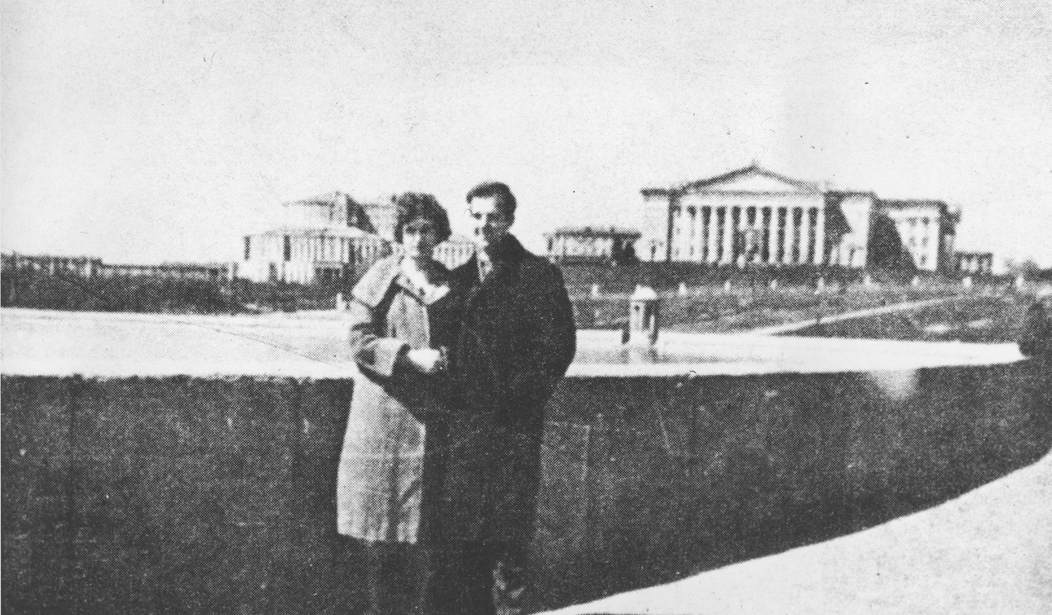In the wake of the Las Vegas atrocity, we’ve once again heard a lot about “common sense” gun control, although there’s precious little common sense in evidence on the side of the Leftist gun grabbers, starting with their inability to find a way around the second amendment short of actually abolishing it — which of course is what they’ve wanted all along. But last week also saw some real common sense in the form of this piece in the Washington Post:
Before I started researching gun deaths, gun-control policy used to frustrate me. I wished the National Rifle Association would stop blocking common-sense gun-control reforms such as banning assault weapons, restricting silencers, shrinking magazine sizes and all the other measures that could make guns less deadly.
Then, my colleagues and I at FiveThirtyEight spent three months analyzing all 33,000 lives ended by guns each year in the United States, and I wound up frustrated in a whole new way. We looked at what interventions might have saved those people, and the case for the policies I’d lobbied for crumbled when I examined the evidence. The best ideas left standing were narrowly tailored interventions to protect subtypes of potential victims, not broad attempts to limit the lethality of guns.
Which is exactly what responsible gun owners have been saying all along: keep weapons out of the hands of crazy or evil people. But unless we want a fascist state (which the Fascist Left does), we can’t keep everyone under clinical observation at all times.
As my co-workers and I kept looking at the data, it seemed less and less clear that one broad gun-control restriction could make a big difference. Two-thirds of gun deaths in the United States every year are suicides. Almost no proposed restriction would make it meaningfully harder for people with guns on hand to use them. I couldn’t even answer my most desperate question: If I had a friend who had guns in his home and a history of suicide attempts, was there anything I could do that would help?
By the time we published our project, I didn’t believe in many of the interventions I’d heard politicians tout. I was still anti-gun, at least from the point of view of most gun owners, and I don’t want a gun in my home, as I think the risk outweighs the benefits. But I can’t endorse policies whose only selling point is that gun owners hate them. Policies that often seem as if they were drafted by people who have encountered guns only as a figure in a briefing book or an image on the news.
Well, yes. That’s largely because — in the wake of the JFK assassination, which shocked a stable, peaceful America to its core — the attention went to the mail-order Mannlicher-Carcano rifle Oswald used, rather than to Oswald himself: a marxist Marine who had defected to the Soviet Union and returned to the U.S. with a Russian bride — all highly anomalous in 1963. Americans couldn’t see this first flowering of the Frankfurt School’s pernicious doctrines (there was no Critical Theorist like Oswald, who put his rifle where his mouth and mind were), or believe it was actually happening, so they blamed the gun instead of the man.
Meanwhile, the expiration date is fast approaching on the still-secret files on Oswald, and some GOP congressmen are calling on president Trump to release them:
The issue of still-withheld JFK records was nearly put to bed in 1992, when former President George H.W. Bush signed legislation ordering all JFK-related records to be released. The legislation contained a loophole, however. Records were ordered released unless “the strongest possible reasons counsel otherwise.” The decision over which documents to keep classified lies solely with each subsequent occupant of the Oval Office.
Speaking as someone who’s spent considerable time with the declassified archives, it’s manifestly obvious that Oswald shot Kennedy all by himself that day, with no covering fire from the grassy knoll or anyplace else in Dealey Plaza, which is really quite small. But in the aftermath of the assassination, tape transcripts between LBJ and J. Edgar Hoover show Johnson’s worry at the thought that the Soviets might have sent Oswald back to kill Kennedy, and he practically begs Hoover to prove that was not the case. Johnson had no appetite for retaliating against the USSR at the height of bomb-shelter panic.
There’s plenty still to be learned about the JFK assassination, just as there is about the Las Vegas shooter, but the gun is not one of them.









Join the conversation as a VIP Member